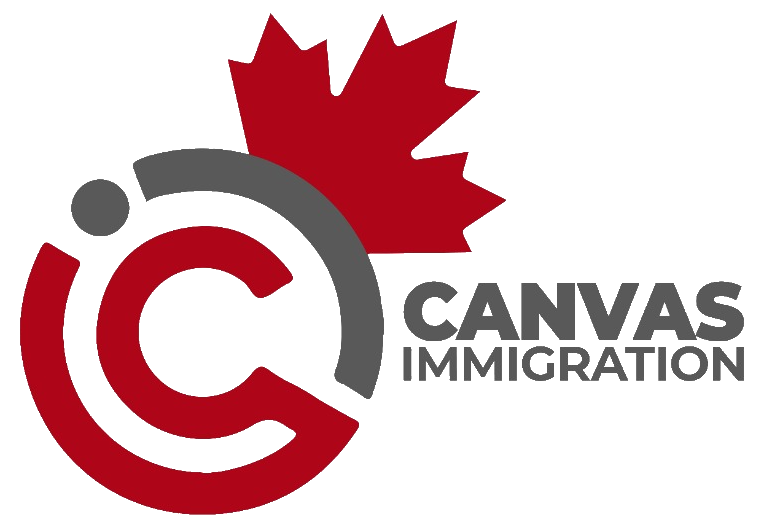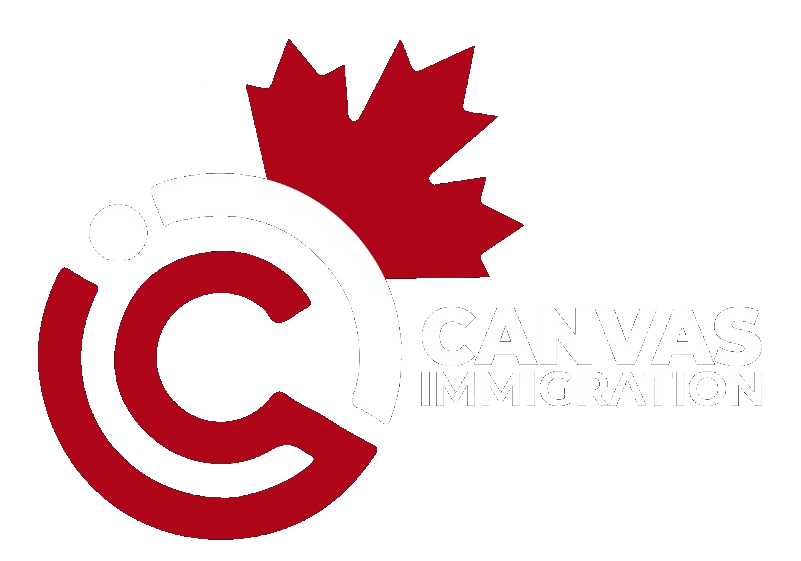With the U.S. ramping up deportation efforts in early 2025, Canada’s asylum policy is facing increased scrutiny. Questions arise regarding Canada’s ability to manage a potential rise in refugee claims and how existing agreements, such as the Safe Third Country Agreement (STCA), apply in this scenario. The discussion also revolves around balancing national security concerns with humanitarian responsibilities in an evolving immigration framework.
The Role of the Safe Third Country Agreement (STCA)
The STCA between Canada and the U.S. plays a crucial role in determining the eligibility of asylum seekers. Under this agreement, individuals arriving at a Canadian land border from the U.S. are required to seek protection in the U.S. first, unless they meet specific exemptions. This policy aims to regulate refugee claims while ensuring that those fleeing persecution are not returned to dangerous situations.
Despite its intent, the STCA has been a subject of ongoing debate. Critics argue that changes in U.S. immigration policiesaffect the agreement’s fairness, while supporters maintain that it helps Canada manage its asylum system effectively. In response to the growing number of irregular border crossings, Canada has made amendments to the agreement to close loopholes, such as the well-known Roxham Road entry point.
Legal and Humanitarian Considerations
Canada’s asylum framework is grounded in both domestic legislation and international commitments. The Immigration and Refugee Protection Act (IRPA) outlines the process for determining eligibility, including security and admissibility assessments. Furthermore, Canada upholds the 1951 Refugee Convention, which ensures that asylum seekers are not returned to countries where they face danger.
However, there is a common misconception that all asylum seekers in Canada are automatically entitled to a hearing. While the Supreme Court’s 1985 Singh Decision confirmed that refugee claimants have constitutional rights, it did not mandate that every individual must receive an in-depth hearing. Instead, asylum seekers must first pass an initial eligibility assessment, which may render them ineligible if they have passed through a safe third country.
Future Outlook: Strengthening Canada’s Asylum System
Given the complexities of global migration, Canada is considering policy enhancements to ensure a fair yet sustainable asylum process. Some proposed measures include:
- Expanding pre-screening procedures to identify genuine refugee claims more efficiently.
- Enhancing bilateral agreements with countries like the U.S. to address asylum processing collaboratively.
- Implementing community-based settlement programs to support the successful integration of refugees into Canadian society.
The need for a well-regulated asylum system remains critical as geopolitical factors continue to influence migration patterns. While Canada remains committed to providing refuge to those in need, policy adjustments are essential to ensure the system’s long-term viability. With shifting U.S. immigration policies impacting refugee movements, Canada is at a crossroads in shaping its asylum framework.
By maintaining a balanced approach that upholds humanitarian principles while strengthening border regulations, the country can continue to offer protection to those in need. As the discussion unfolds, it is crucial to ensure that any policy revisions align with both legal obligations and practical realities.
Add ImmigCanada to Your Google News Feed

